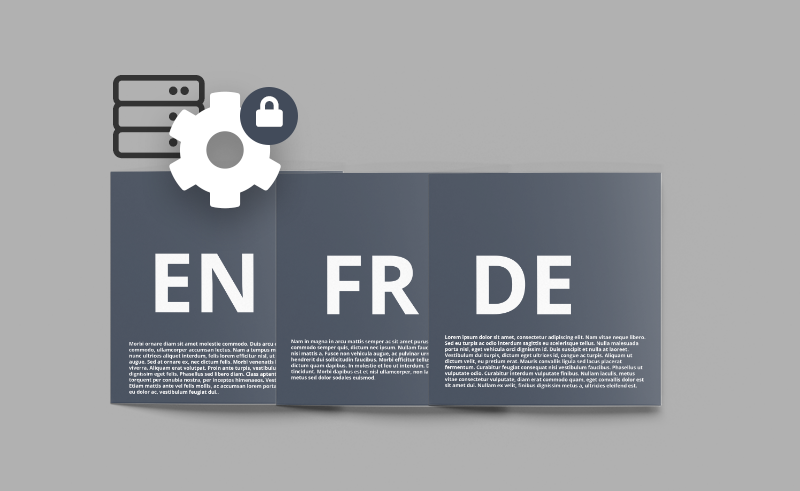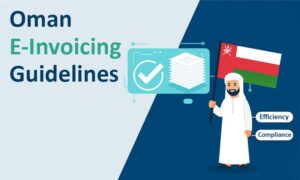
Central business applications must distribute digital business documents seamlessly into various languages. To have the widest reach possible in 2020’s multiple lingual ecosystem, it’s essential to integrate business document translation solutions.
Automate collaboration in local languages
In today’s environment, customers and partners can be drawn away by competitors quicker than ever. Symtrax helps businesses automate more and enhance business documents experiences in a secured and integrated way.
Let us consider a simple invoice being released from your ERP. If you’re starting in English, you may need to convert into another language to fit country regulations or even user preferences to improve communication, on any corporate device. By doing so, you can enhance the end-customer experiences.
How do you deal with these challenges when a central application is not flexible enough to handle multi-language conversion? How do you prevent any manual intervention in the distribution workflow whilst aligning with your existing security protocols? These are common discussion points we help our clients address.
Meet new regulations & enhance the customer experience
Interestingly, many countries are currently expecting business documents to be available in local (native) languages. What’s more, you can leverage ‘preferred languages’ through business documents for operators not fluent in English to read in their chosen language. These can include export documents, delivery notes, or even labels on parcels.
Simply put, a seamless language translation solution has become indispensable for any business. Specifically header conversions, whole text content, display adjustments, printer limits, and object positioning are all crucial for successful interactions.
Our customers are now focused on faultless text adjustment, where some texts are DBCS or require 1.5 line size display, right hand-side alignment, or monetary symbol special position. Using advanced features can help you design the perfect form through a user-friendly interface.
A unique business document must retain source references
All translations should happen at the point of document creation, preventing any file from being duplicated and/or amended. Maintaining numerous forms for multiple languages will always lead to repetitive work and is subject to costly human errors (as well as real-time adjustment).
Ideally, each process starts from either an existing business document or designing a universal standard business document. This requires your language translation solution to be independent from the ERP or the business application producing the document. Furthermore, it needs to retain the source reference within your data sources.
Choose an easy-to-integrate solution
As the volume of text translations increases, we have found business users must remain directly involved in the document evolution process for the best results. Here at Symtrax, we prefer language translation for any business document to happen upon release from your systems. Similarly, we recommend businesses not change core business applications. Therefore, translations should not be hardcoded, but remain flexible.
Furthermore, business users should access the translated terms on a central (online) repository and adjust them on-demand when authorized. It is then easy to maintain accurate translation. Business users must remain involved, especially when a new item becomes eligible for translation. Also, online access to a secured resource center also gives the ability to share translated text without sending specifications to the IT department.
Preserve business document security and integrity with an automated process
As document management experts, we recommend limiting manual intervention as massive disruption in the document conversion and distribution workflow could be experienced.
Take advantage of our solution to help your business design the perfect form through a user-friendly interface. Robotic process automation (RPA) can then be leveraged to secure document translation across your digital document chain.

